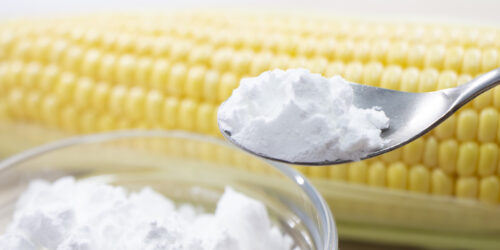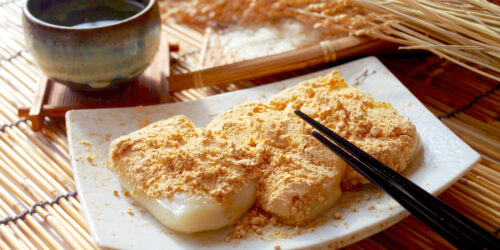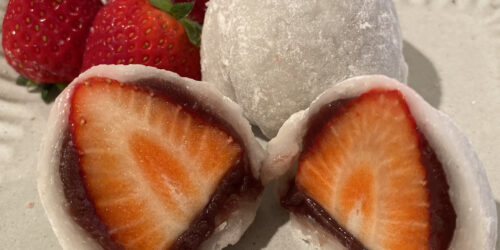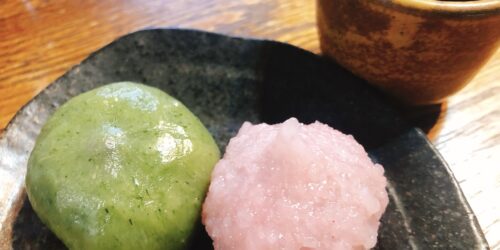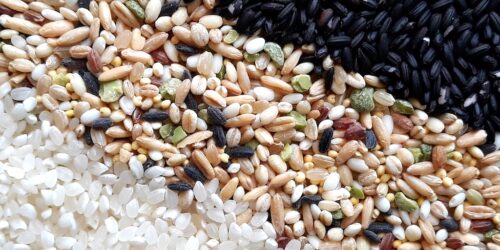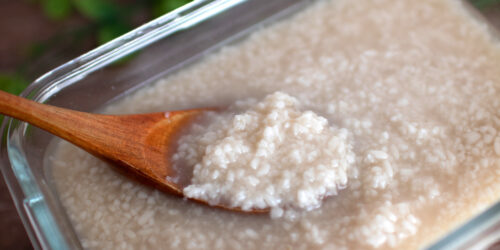Mochi vs Daifuku: What Are the Differences?
What Is Mochi?
Mochi is made by pounding steamed rice using mortar and pestle. Nowadays, people often make mochi using mochi-making machine.
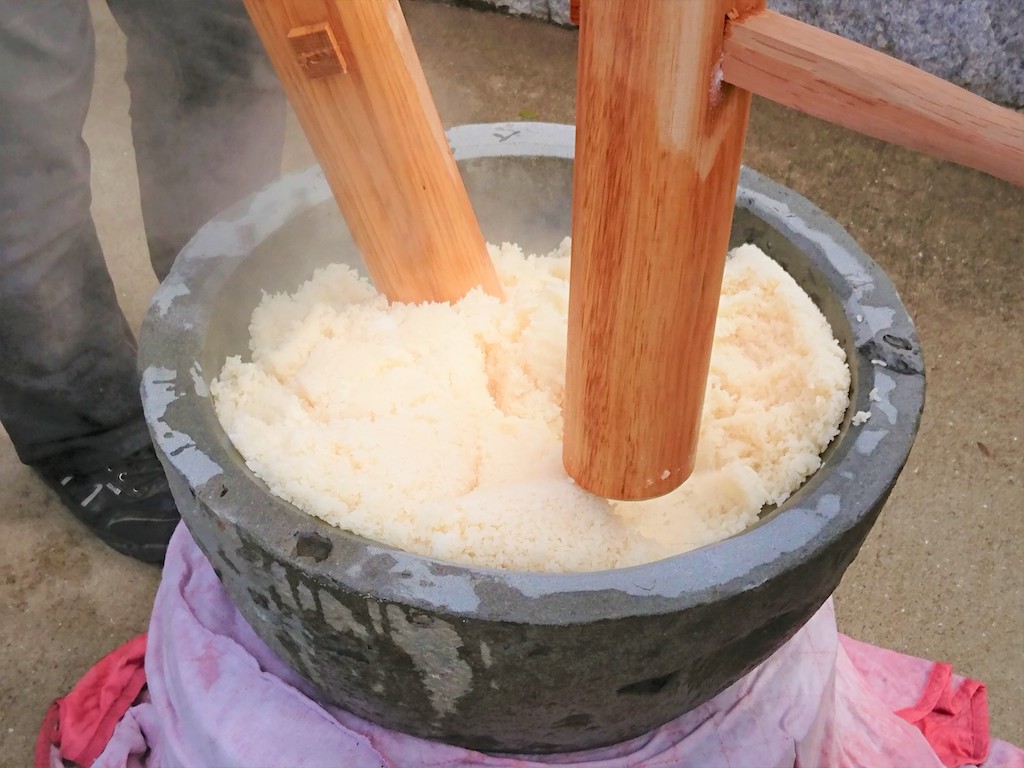
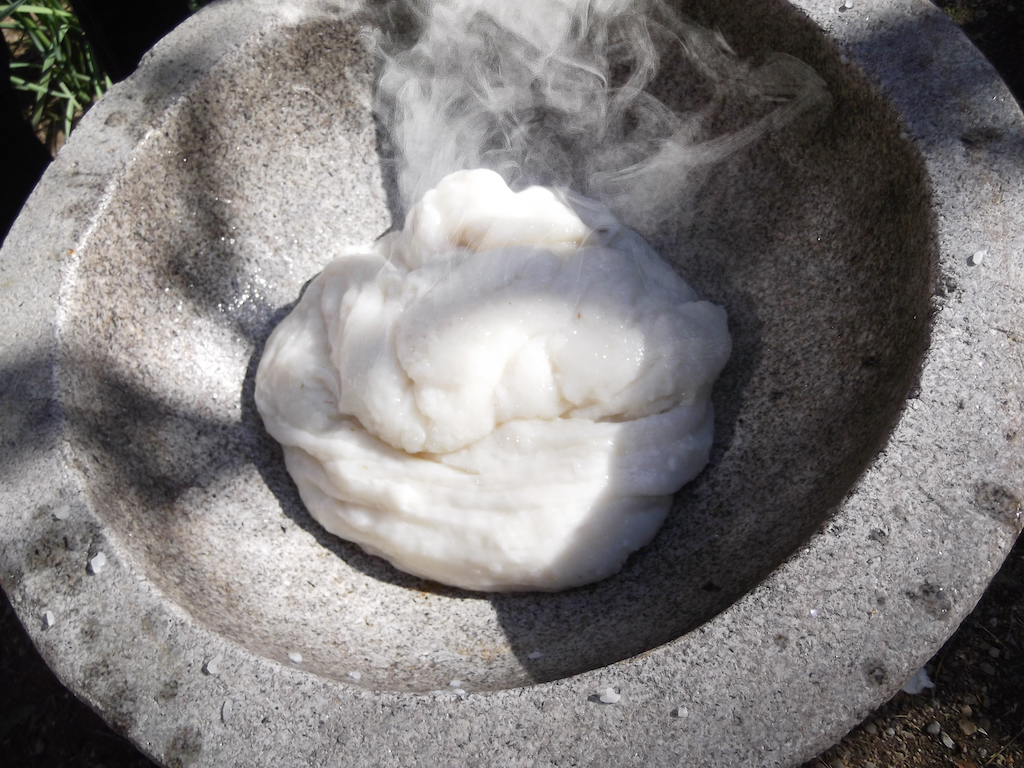
Mochi is eaten with various types of toppings. For example, putting soy sauce, kinako (roasted soybean flour), and so on. There is mochi food called “shiruko” which is sweet red bean soup with mochi. And, if you put the sweet bean paste inside, it will become anko-mochi. (Anko means sweet red bean paste.)
Here are examples of how to eat mochi.
・Mochi + Soy sauce + Nori
・Mochi + Kinako + Sugar
・Mochi + Natto
・Mochi + Grated daikon
・Mochi + Soy sauce (miso) based soup = Zouni
・Mochi + Sweet red bean soup = Shiruko
・Mochi + Sweet red bean paste inside = Anko-mochi
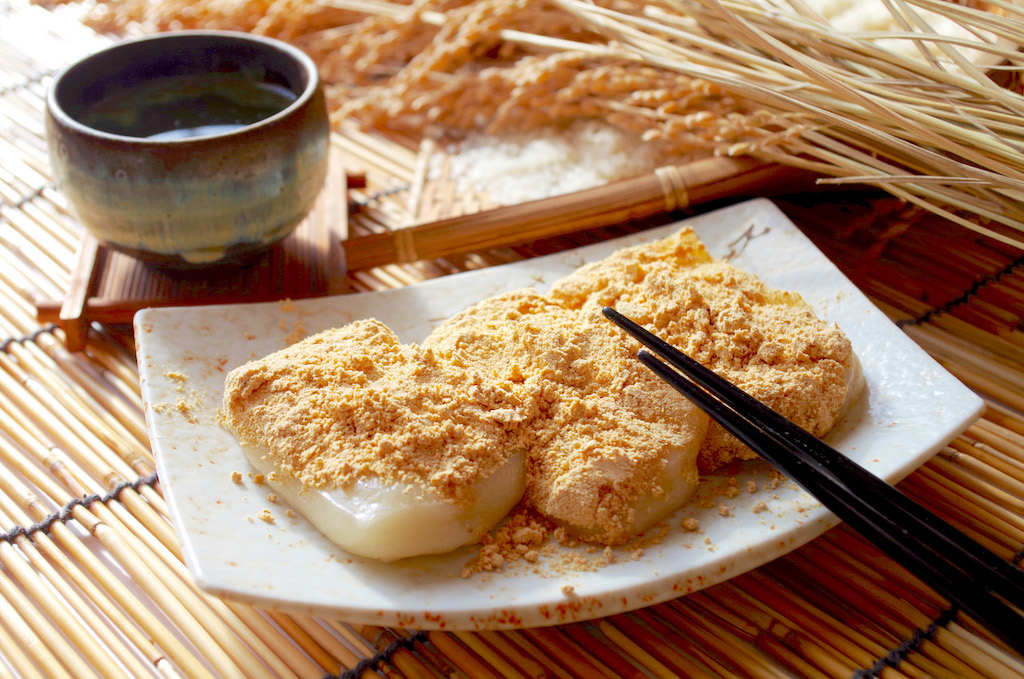
What Is Daifuku?
Daifuku is a kind of Japanese sweets, and made with sweet red bean paste wrapped in thin rice cake. Daifuku is sometimes called daifuku-mochi in Japanese.
Also, the skin of daifuku is often described as “mochi” because it is also made from glutinous rice.

By the way, there are several types of daifuku in Japan.
・Mame-daifuku (Daifuku whose mochi contains peas)
・Kusa-daifuku (Daifuku whose mochi contains mugwort)
・Ichigo-daifuku (Daifuku with strawberries instead of bean paste)
・Yukimi-daifuku (Daifuku with ice cream instead of bean paste)
So, What Are the Differences Between Mochi and Daifuku?
As explained so far, people could be confused in the differences between mochi and daifuku. Maybe it’s because both of them can be mentioned with the term “mochi”.
But, there are some clear differences. Let me explain 4 major differences.
Mochi Material
Mochi → Makes stickiness by pounding steamed glutinous rice. There is no material other than glutinous rice.
Daifuku → Makes stickiness by heating and kneading the mixture of shiratamako, sugar, and water. Glutinous rice flour (mochiko) is sometimes used in place of shiratamako*.
*Shiratamako is processed glutinous rice powder. It’s made by grinding glutinous rice soaked in water, squeezing and dehydrating what has settled in water, and drying them.
Shiratamako vs Mochiko vs Joshinko: What Are the Differences?
Thinness and Texture of Mochi
Mochi → The thickness of ordinary mochi is about 0.5 inch (1.2 cm). Anko-mochi is thinner than the regular mochi, but still it has thickness to a certain extent. The texture is not as fine as daifuku, and it’s very chewy.
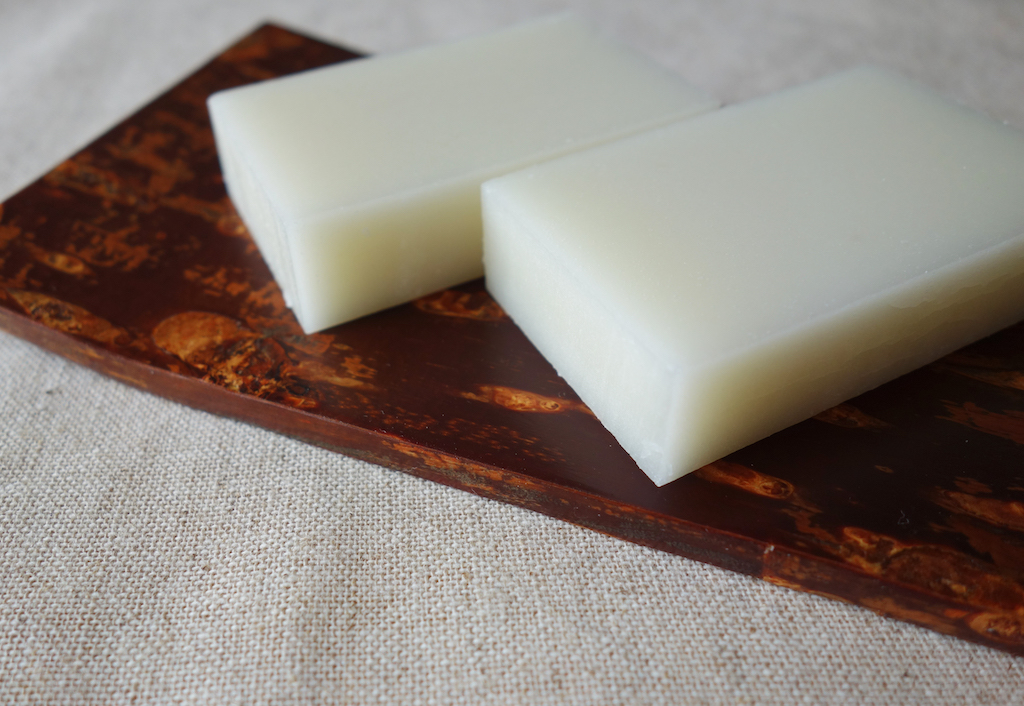
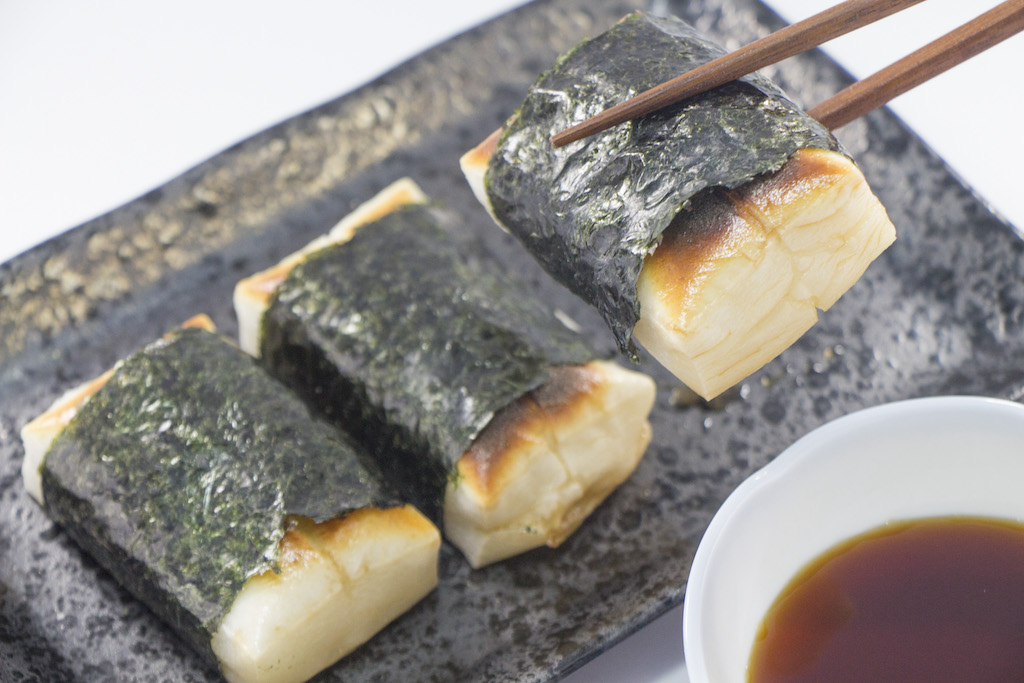
Daifuku → The thickness of daifuku skin is much thinner than mochi, and it’s about 2 to 3mm. The texture of skin is really fine, very soft, and smooth.
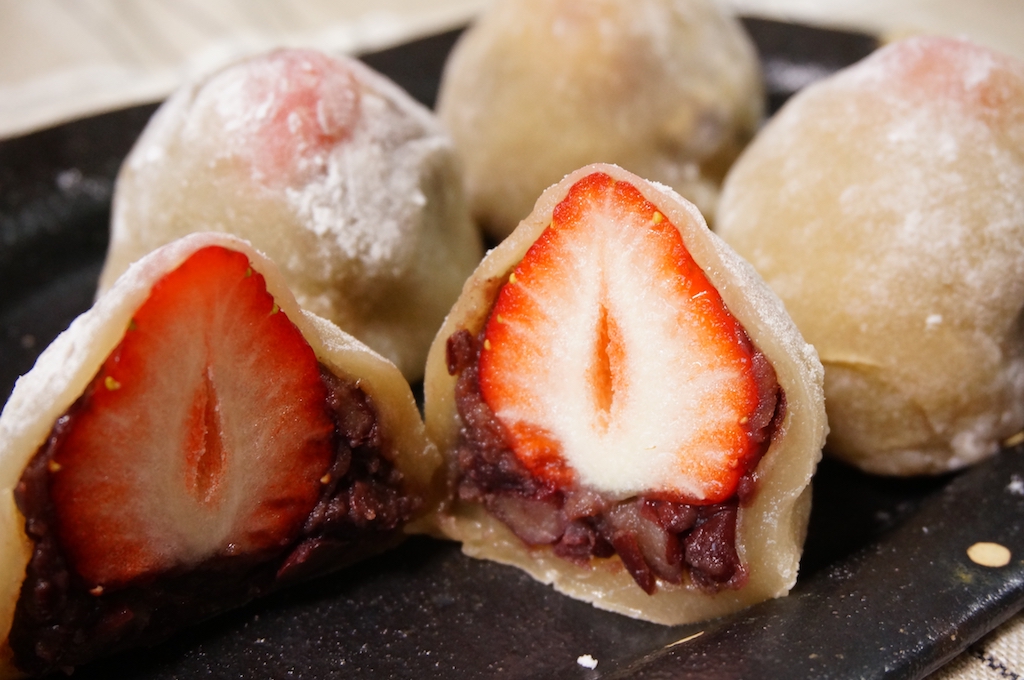
Amount of Sweet Red Bean Paste
Mochi → In regards to anko-mochi, often the amount of bean paste is less than that of mochi. By the way, the ordinary mochi usually doesn’t contain anything.
Daifuku → It often contains the same amount or more of bean paste as daifuku skin.
Whether to Bake or Eat Raw
Mochi → Freshly made one can be eaten raw. Because it gets harder over time, you should bake in that case.
It can be stored frozen, and you need to bake when eating frozen one.
Daifuku → Be sure to eat raw without baking. It is normal to eat freshly made one within the day.

